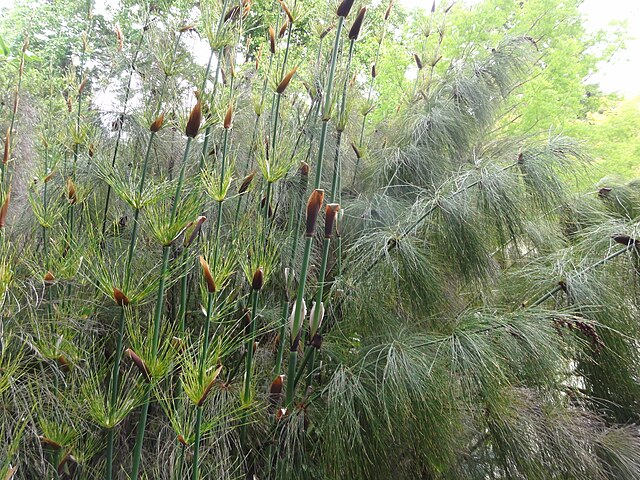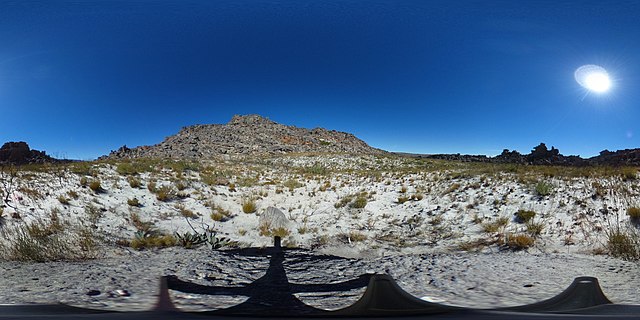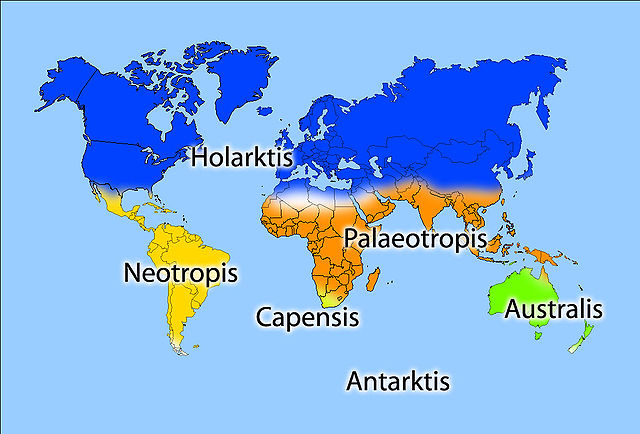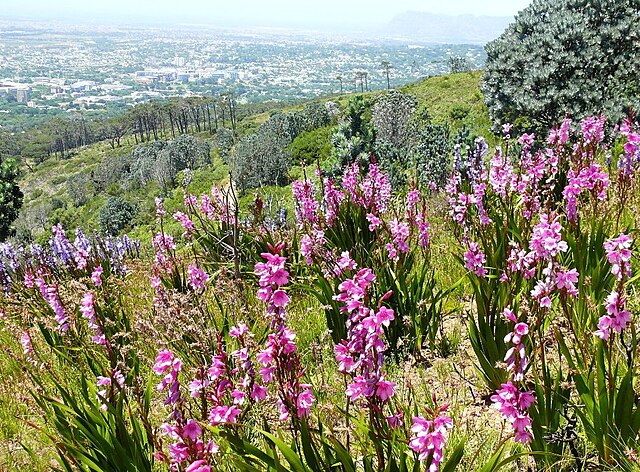The Restionaceae, also called restiads and restios, are a family of flowering plants native to the Southern Hemisphere; they vary from a few centimeters to 3 meters in height. Following the APG IV (2016): the family now includes the former families Anarthriaceae, Centrolepidaceae and Lyginiaceae, and as such includes 51 genera with 572 known species. Based on evidence from fossil pollen, the Restionaceae likely originated more than 65 million years ago during the Late Cretaceous period, when the southern continents were still part of Gondwana.
Restionaceae
Fynbos is a small belt of natural shrubland or heathland vegetation located in the Western Cape and Eastern Cape provinces of South Africa. This area is predominantly coastal and mountainous, with a Mediterranean climate and rainy winters. The fynbos ecoregion is within the Mediterranean forests, woodlands, and scrub biome. In fields related to biogeography, fynbos is known for its exceptional degree of biodiversity and endemism, consisting of about 80% species of the Cape floral kingdom, where nearly 6,000 of them are endemic. This land continues to face severe human-caused threats, but due to the many economic uses of the fynbos, conservation efforts are being made to help restore it.
Mountain fynbos on the Cape Peninsula
A 360 degree photograph of fynbos in the Groot Winterhoek section of the Cape Fold Mountains about 18 months after a fire. New plants can be seen in various stages of growth following the fire. The infertile white soil that fynbos tends to grow in can also be clearly seen.
The Cape Floral Kingdom (Capensis) is one of only six floristic kingdoms in the world. It is also the smallest and richest per unit of area.
Peninsula Shale Fynbos flora on Devils Peak, Cape Town





